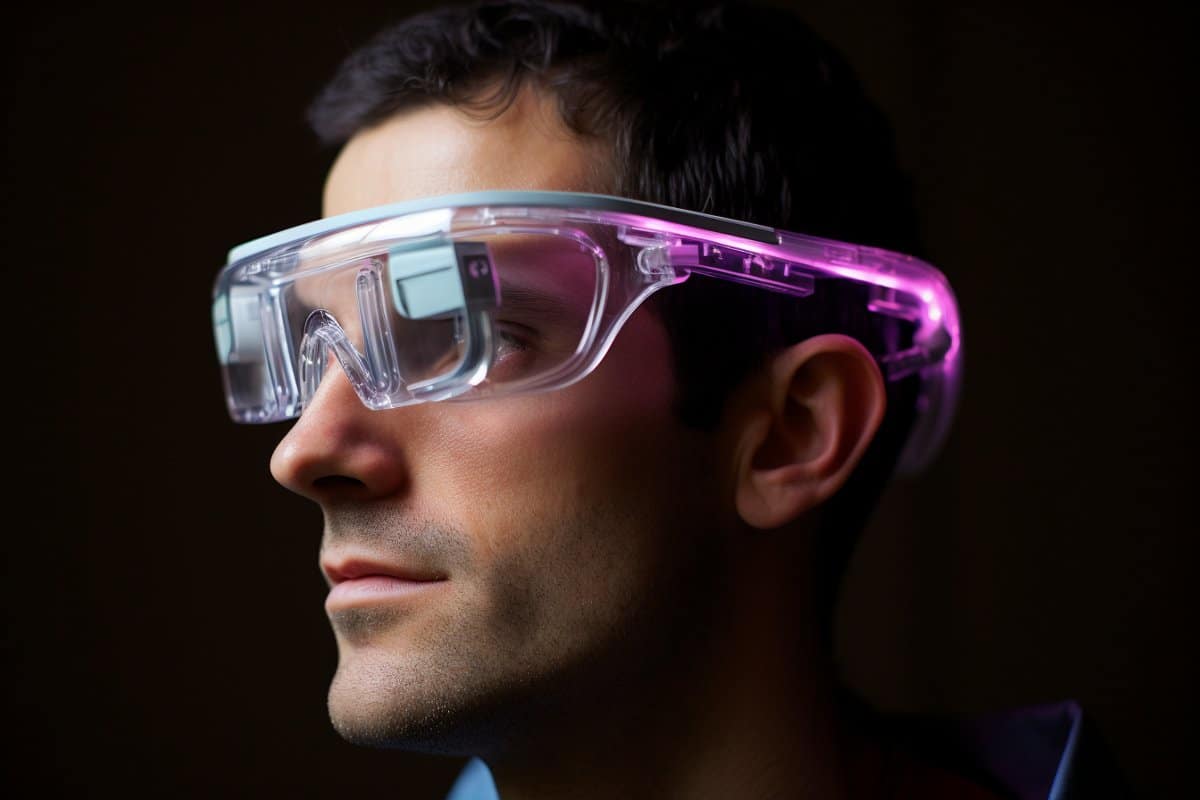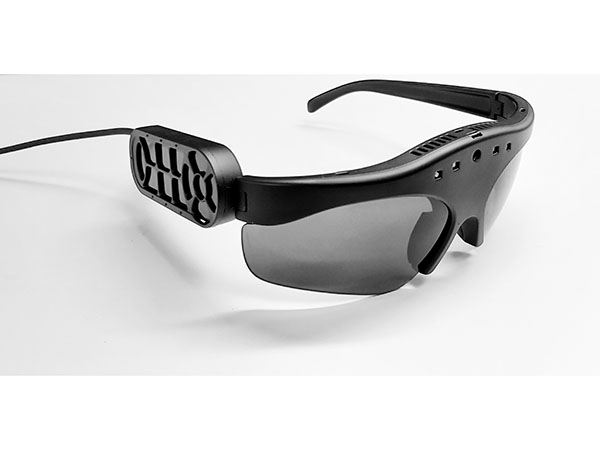Enhancing Access Through Assistive Technology for the Blind
The combination of assistive technology for the blind stands for a critical innovation in accessibility, basically altering just how individuals browse their settings and involve with culture. As we explore the varied kinds of assistive gadgets and their concrete impacts on everyday living, it comes to be necessary to analyze how recurring technological improvements are improving the landscape of support for the blind neighborhood.
Summary of Assistive Innovation
Assistive technology refers to a variety of tools and software designed to enhance the abilities of people with disabilities, consisting of those that are blind or visually impaired. This modern technology plays a vital duty in promoting independence and improving the high quality of life for users. By providing alternative techniques for accessing info and doing day-to-day jobs, assistive technology empowers people to browse their settings better.
The advancement and application of assistive innovation accept a range of concepts focused on promoting accessibility. These concepts consist of user-centered layout, which focuses on the demands and choices of the individual, and the combination of modern technology into everyday activities. Such innovations make certain that assistive devices are not only practical but very easy and also intuitive to use.
Moreover, assistive innovation encompasses a diverse range of solutions, from low-tech alternatives like magnifiers to high-tech developments such as display visitors and Braille screens. The ongoing advancement of this field is driven by the requirement to address the special difficulties faced by people with visual impairments (Wearable technology for low vision). As technology remains to advance, the capacity for boosting availability and promoting inclusivity continues to be encouraging, ultimately adding to a much more fair culture

Kinds of Assistive Tools
Various sorts of assistive gadgets are available to sustain individuals who are blind or visually damaged, each developed to address specific demands and challenges. These gadgets can be generally categorized into three major kinds: low-tech, mid-tech, and modern remedies.
Low-tech gadgets consist of items such as magnifiers, Braille labels, and tactile maps. These are relatively straightforward devices that enhance the user's capacity to connect with their environment without needing complex modern technology.
Mid-tech tools frequently include advanced functions, such as digital magnifiers and mobile Braille note-takers. These gadgets can provide capabilities like speech result, allowing users to accessibility information much more effectively.

Effect on Daily Living
The accessibility of different assistive gadgets substantially enhances the lifestyle for individuals who are blind or aesthetically damaged, impacting their everyday living in extensive methods. By integrating innovations such as display viewers, Braille presents, and audio summary services right into their routines, individuals acquire greater freedom and freedom. These tools facilitate access to info, enabling people to perform daily jobs, such as checking out e-mails, browsing public spaces, and appreciating media web content.
Furthermore, assistive tools empower individuals to engage even more completely in social communications and community tasks. The capacity to utilize smartphones outfitted with ease of access functions permits seamless interaction and link with others. This connectivity fosters a feeling of belonging and decreases sensations of isolation.
In specialist setups, assistive technology supports productivity by enabling people to complete work tasks effectively. Devices like voice recognition software application and specialized zoom tools make it possible for customers to take part in the labor force on equal ground with their sighted peers.

Developments in Technology
Recent technical innovations have actually considerably transformed the landscape of tools available for people who are blind or visually damaged. The assimilation of fabricated knowledge (AI) and artificial intelligence has actually offered surge to applications that boost navigating and item acknowledgment. Smartphone apps can now i need an eye exam make use of AI to determine and explain surroundings in real-time, offering users with useful contextual info.
Furthermore, developments in haptic modern technology have actually caused the development of smart canes equipped with sensors that discover barriers and give tactile responses. This empowers individuals to navigate their environment with boosted self-confidence and self-reliance. Additionally, developments in text-to-speech software application and braille displays have enhanced the availability of digital material, permitting smooth interaction with numerous media.
Wearable innovations, such as wise glasses, are additionally making strides in aiding visual disability. These devices can give augmented reality experiences, superimposing vital info onto the user's field of vision. Jointly, these improvements not just improve the quality of life for people who are blind but additionally advertise greater incorporation in culture. As modern technology remains to progress, the capacity for a lot more transformative tools remains imminent.
Future Trends and Innovations
As modern technology swiftly proceeds, the future of assistive devices for individuals that are blind holds immense guarantee. Advancements in expert system (AI) and device discovering are poised to revolutionize the means blind individuals engage with their environments. AI-driven applications are being developed to enhance object recognition, allowing users to recognize and browse their surroundings with greater simplicity and accuracy.
Furthermore, improvements in haptic feedback technology are enabling the creation of responsive maps and navigation help that supply real-time details with touch. These advancements not only boost flexibility yet additionally foster self-reliance. Additionally, wearable tools equipped with increased reality (AR) functions are arising, providing individuals aesthetic details through audio summaries, consequently linking the space in between the electronic and physical worlds.
Additionally, the integration of wise website here home technology offers new possibilities for accessibility, enabling people to regulate their living atmospheres with voice commands or smart device applications. As partnership in between tech developers and the blind community proceeds, the focus on user-centered design will make sure that future developments are tailored to meet the special needs of this population (Wearable technology for low vision). The trajectory of assistive innovation assures a more comprehensive and empowering future for people who are blind
Verdict
To conclude, assistive modern technology plays a critical function in boosting availability for individuals with visual impairments. The diverse variety of tools, consisting of display visitors and smart canes, substantially enhances everyday living and cultivates independence. Continuous improvements in technology and user-centered design guarantee that these tools cater properly to the special requirements of the blind area. As advancements progress, boosted inclusivity and empowerment can be prepared for, ultimately improving the lifestyle for those affected by visual problems.
The assimilation of assistive innovation for the blind represents a crucial improvement in availability, essentially changing just how individuals navigate their environments and involve with society.Assistive technology refers to a variety of tools and software application designed to boost specialist opticians the capabilities of individuals with disabilities, consisting of those that are blind or aesthetically impaired. Wearable technology for low vision.As modern technology quickly progresses, the future of assistive devices for individuals that are blind holds enormous promise. The trajectory of assistive innovation assures an extra empowering and comprehensive future for people who are blind
In final thought, assistive modern technology plays an important duty in enhancing accessibility for people with aesthetic disabilities.